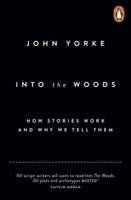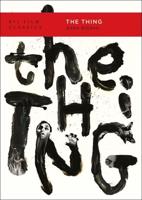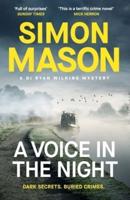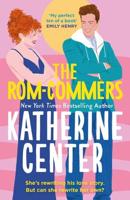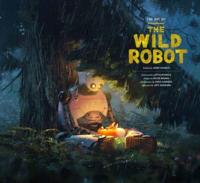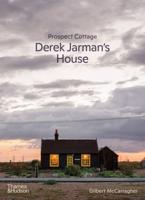Publisher's Synopsis
The Maysles brothers' Grey Gardens (1975) is one of the most important documentary films of the post-war period. Since its release, the film, which chronicles the everyday lives of two eccentric upper-class women, Edie Bouvier Beale and her mother Edith, has gained the status of cult classic, inspiring both a Broadway musical and a 2009 HBO feature film. In this first single volume study of the film, Matthew Tinkcom argues that Grey Gardens reshaped documentary cinema by moving the non-fiction camera to the heart of the household, a private space into which film-makers had seldom previously ventured. Already well-established figures in the 'direct cinema' movement of the 1960s (with their previous films, including Salesman and Gimme Shelter), the brothers' visual record of a summer spent in the Beale household demonstrated that the private lives of their subjects were rich materials for the camera. By the time the film-makers appeared on their front porch, the film's two central figures, 'Big Edie' Beale and her daughter 'Little Edie', had been living for two decades in near-poverty in their beach-side East Hampton mansion (the 'Grey Gardens' of the title). Close relatives of Jacqueline Kennedy Onassis, by the early 1970s the Beales had lost much of their personal wealth and their everyday lives had descended into a state of barely-controlled squalor. However, as the film-makers discovered, the women were hardly victims of their poverty; rather they saw themselves as artists who were willing to make seemingly any sacrifice for their singing and dancing talents. When the Edies perform for the camera, audiences are challenged by the question of how much anyone would be willing to give up in order to lead a life of eccentric pleasure. Tinkcom argues that the film is one of the first to combine documentary with the conventions of fiction film melodrama, and that the film's appeal arrives in the rich melodramatic dimensions of the Beales' everyday lives in which they argue, dress up, flirt, laugh, sing, dance and reminisce about their experiences in New York's social elite in the first half of the twentieth century. In his afterword for this new edition, Matthew Tinkcom reconsiders the film fifty years after its release, in the context of the Mayles' subsequent film-making and the continuing cult status of Grey Gardens eccentric stars.

